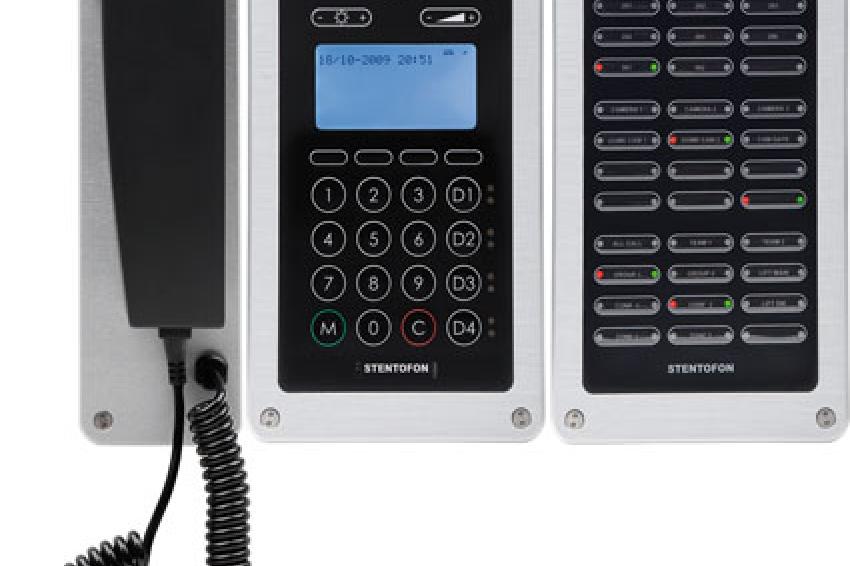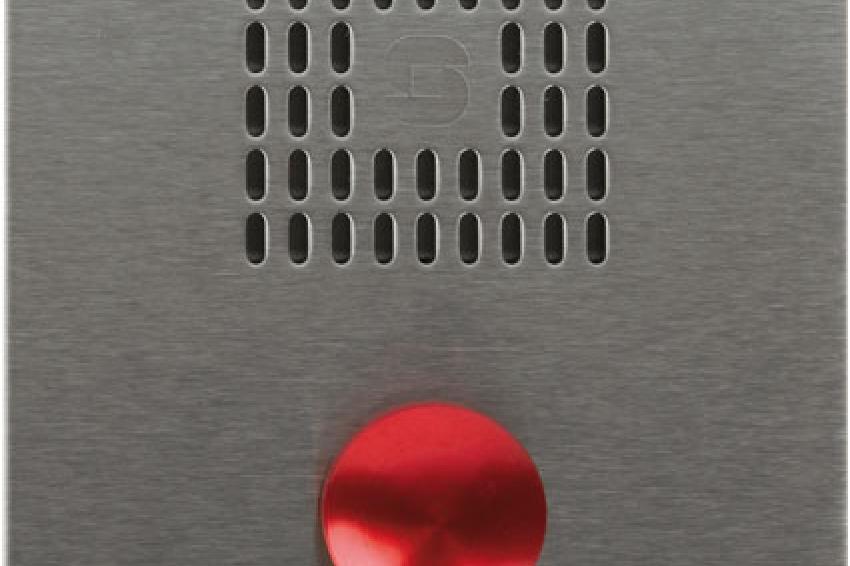Building a Critical Communications Infrastructure
16.09.2011 - In particular, the recent riots in England have shown that any sort of trouble can break out unexpectedly, anywhere, at any time. When it does, the rapid and effective response of ...
In particular, the recent riots in England have shown that any sort of trouble can break out unexpectedly, anywhere, at any time. When it does, the rapid and effective response of the authorities, emergency and security services is critical to getting the situation under control quickly. This requires that people can communicate with each other and pass on vital information straight to the person who needs to know it. GIT-SECURITY.com spoke with Thomas Hægh, Vice President, Products at Zenitel, and learned how the company‘s Stentofon Alphacom XE Audio Servers provide the robust platform for a critical communications system.
It is thanks to the quick response of our emergency services that hundreds of lives are saved every year. They are constantly on standby and have to face a new challenge each time they roll out. The better the information they have before they get to the scene, the better they can prepare themselves and respond. In the case of the fire and security services, lives but also sometimes property can be saved, property that is not only very dear to the owner but in some cases also essential for the local community, such as a hospital for example. Occasionally it is even the fundamental infrastructure that is being rescued, such as an dealing with a fire on an underground railway or in a power station.
But how do the emergency or security services know where they are needed? Usually they either receive a ‚phone call from a member of the public who has seen a problem or they are requested to support another service that is already dealing with a situation. In some cases a need for action is seen with the help of CCTV and the appropriate emergency or security services are directed to the scene from a central control room. Thomas Hægh points out, "These are all reactive situations where the initiator is a person, and communication takes place over multiple separate systems that cannot interwork".
More than Active
Advances in video technology mean that alarms can now automatically be raised on the basis of video content that fulfills certain predetermined criteria. This lightens the load on the operators of CCTV systems and reduces the stress levels considerably. As Thomas Hægh observes, "Their attention is only brought to those locations where a potential problem exists. This mode of operation could be called pro-active because the technology makes people aware of incidents".
Thomas Hægh continues, "Moving the concept a stage further requires that all the various sensors and systems can work together as a whole and efficiently raise alarms through networked systems - that‘s interactive". As we know all too well, the physical and electrical interfaces between these disparate systems don‘t allow us to create such a perfect world that easily. Some manufacturers strive to comply with standards more than others, and that in itself is part of the problem: anyone can introduce a new standard, but does it also make commercial sense for their market competitors to adopt it?
Technology is continually advancing and that brings with it the constant need for updated standards. Among the drivers for this is certainly the aim of integration with other systems to create the whole solution. But globalization has also become a driver as the same solution is sought ever more often across national borders. Joining or belonging to the EU has massive implications, and that includes compliance with standards. But which ones?
Get a Half-life
The trouble with standards is that they have a life. Initially someone has an idea and there is true recognition of a need - the conception stage. A working group is formed to consolidate a few other similar ideas and this group produces a discussion document for the emerging standard - the birth - which is almost always later revised. Often the basic idea is hailed as the next best thing since sliced bread and there is a level of ‚over hype‘ about how great things are going to be for everyone - the first few exciting days of life. After a while however, reality sets in after the initial enthusiasm, often because it has taken ages to get to the point where the standard has been finally defined - a maturing child. This brings some people to question whether it is the right way to go, become scared and run in another direction while others get impatient and produce their own proprietary solution - adolescence. A standard is at its prime of life when there is general value realization coupled with market introduction, widespread acceptance and commercial success. After a few years of being on everyone‘s tongues, however, older standards are overtaken by younger, fresher ideas - politely called the best age. Finally no-one needs the standard anymore - retirement.
So from a manufacturer‘s point of view, and one that intends to still be around a few decades later, it is important to have the products on the market that comply with the standards that are both widespread and durable, and not simply to jump onto the next bandwagon - a potentially costly step both short-term and long-term. As Thomas Hægh says, "Stentofon does not take part in any ‚standards wars‘ but simply ensures compatibility with other systems through industry-standard protocols. There is an abundance of protocols and abbreviations out there, not all of which will stand the test of time. The IP protocols however will definitely be around for many years to come and that is why the Stentofon Alphacom XE audio servers use these to communicate with their own voice terminals and other peripheral equipment."
On the Scene
Applying the full capabilities of IP communication enables impressive interaction with other systems. For example, if video analysis spots a problem somewhere and brings the picture up on the main screen, an Alphacom XE system can automatically call up the nearest audio point to provide instant one or two-way communication with the people directly at the scene - it could be a wall-mounted voice terminal, a mobile radio channel, a desktop intercom station or a micro zone PA. And it doesn‘t actually matter where on the planet that is, thanks to the system‘s networking capability - international if necessary - using VoIP for cost-effective voice communication. Thomas Hægh gave an example, "Emergency alarms or pre-recorded messages - for example, the security or evacuation message appropriate to the situation - can be automatically played out. A further reaction to the initial trigger could be to open radio channels with mobile resources. In a city center, potential vandals or attackers can be spoken to directly by the CCTV operator before they even cause any trouble."
The local terminal equipment of a Stentofon Alphacom XE system can be specified according to the environment in which it is operating. For example, there will certainly be a need for noise canceling microphones in stations at roadside terminals or on the airport apron and vandal-proof stations elsewhere. Operational features such as priority override, push-to-talk priority, busy override and open duplex may also be necessary, depending on who is going to use the terminals. A range of peripheral equipment is available from Stentofon to provide exactly the features and facilities that are required at that particular location, whether its a prison or a playground. "It‘s possible to automatically open up the microphone on the closest intercom to hear what a group of people are talking about" says Thomas Hægh. "If it is established that they would do a break-in or attack a person, the control room operator could get security guards to the area before the incident happens. Mexico City, for example, is already equipped with 7,000 such intercom help points and more are being planned."
Safe and Secure
IT managers will have network security at the back of their minds and maybe shudder at all this integration on an IP network. However, the risks can be obviated by setting up a DMZ and ensuring that HTTPS is used for secure logon of nodes. If each system then has its own internal firewall then external abuse becomes highly unlikely. To further lock down the network, multiple users with appropriate read only or read/write authorization can be applied. Where equipment has multiple Ethernet ports, then they can operate on different subnets so that no ‚back door‘ exists. The 19" rack-mounted scalable Alphacom XE audio servers support QoS and VLAN 802.1Q voice/data network access control as well as their own CCoIP (Critical Communication over IP) that ensures instant and secure delivery of voice and data services.













